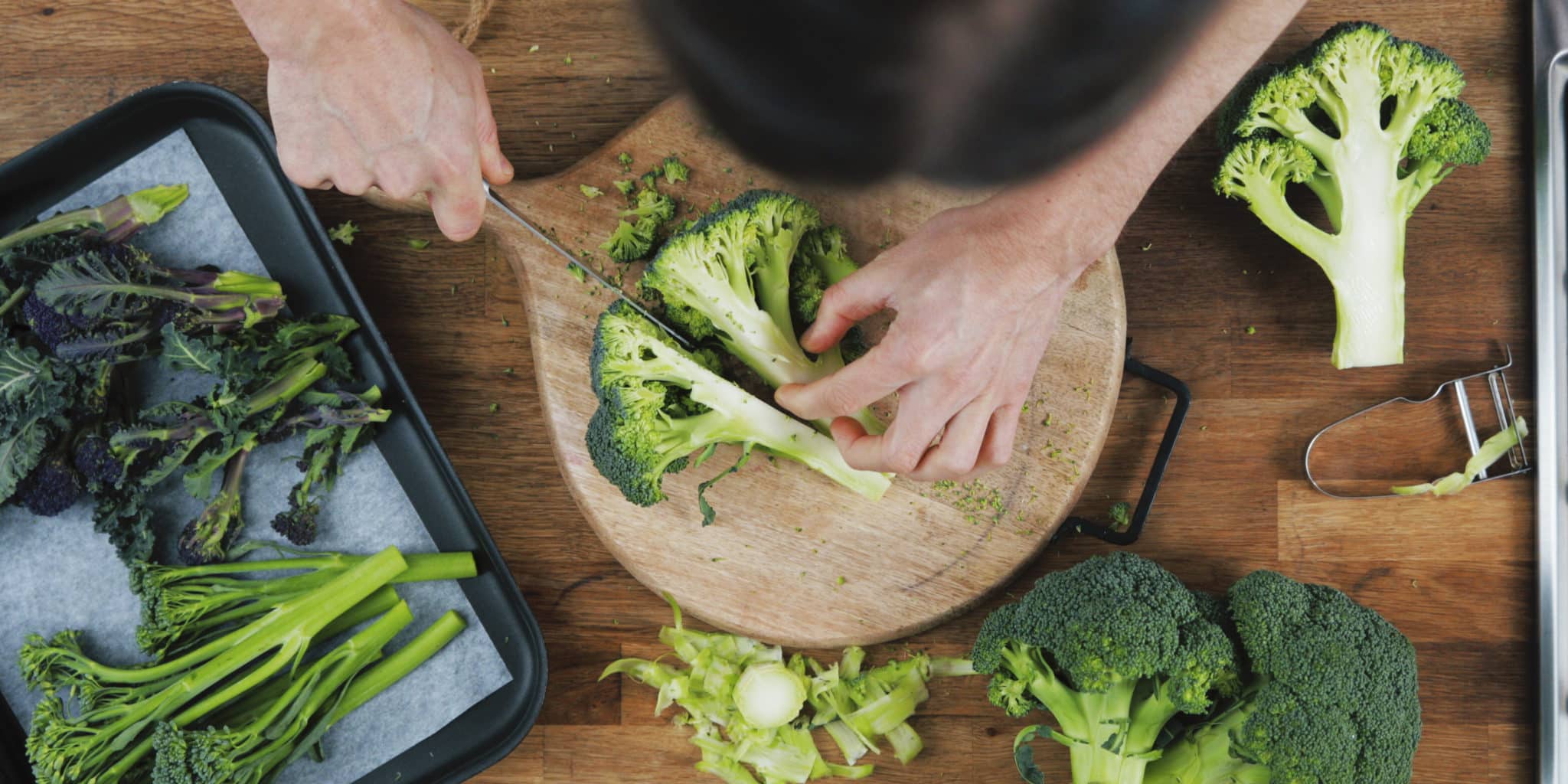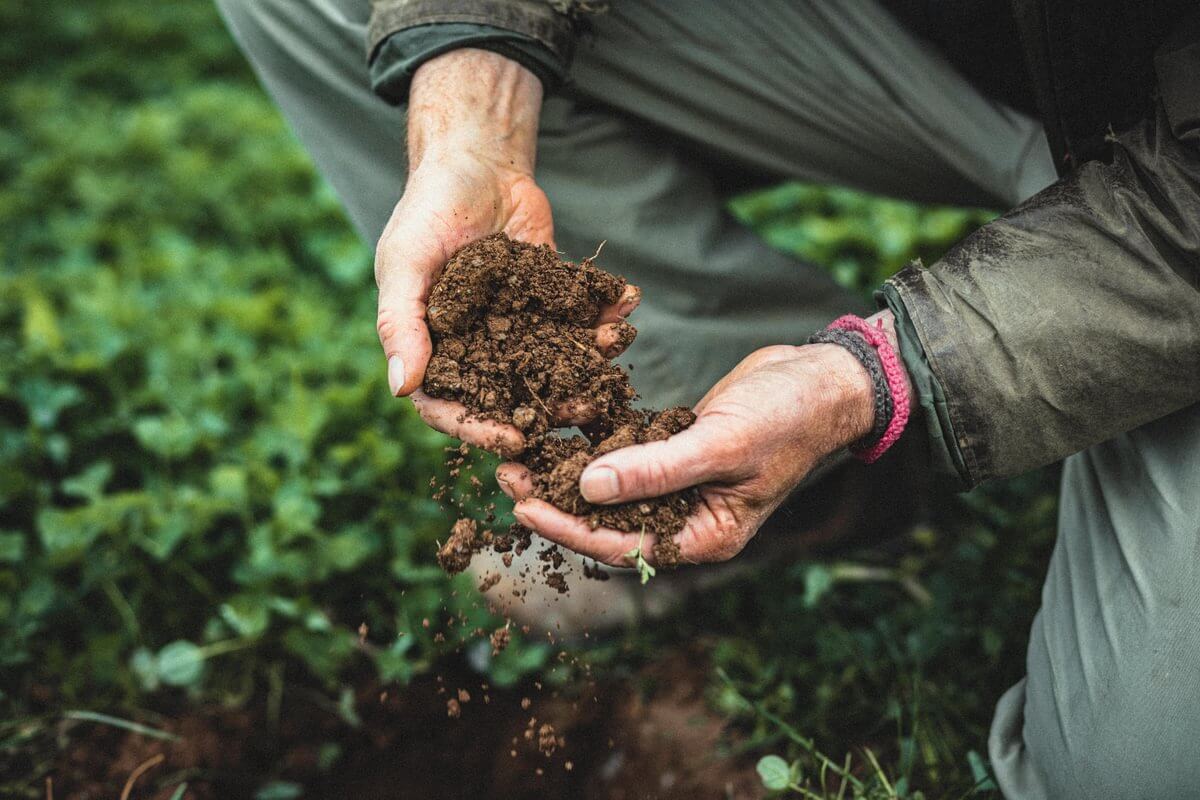Our desire to eat fresh vegetables has left us with an idea that vegetables are only good if they’re cooked just before being eaten. But many of the best vegetable dishes are created over time. This is true of a lot of dishes, but particularly of ones made from vegetables, those unwieldy things that take more doing than anything else in the kitchen does before they’re even close to done.
Here is what I do, and I think it works well: Each week I buy whole bunches of the leafiest, stemmiest vegetables I can find. Then I scrub off their dirt, trim off their leaves, cut off their stems, peel what needs peeling, and cook them all at once.
By the time I’ve finished, I’ve drawn a map of the week’s meals and created the beginnings of a succession of them. Then each day I pick up where I left off.
On Monday night, I decide to neatly make a vinaigrette, plump a few raisins in warm vinegar, and have a roasted vegetable salad. Or I warm some vegetables up with a sprig of thyme, a little broth, and a splash of cream and have soup.
On Tuesday, I choose to eat the salad as is, or turn what is left into a frittata, or I decide to eat soup and spend my time making little garlic-rubbed toasts to accompany it. On Wednesday, I add freshly chopped mint and vinegared onions to roasted beets, or perhaps press garlicky cooked kale into sandwiches, or toss the kale with a béchamel sauce and spread it in a buttered dish to make a warm, bubbling gratin.
I can fill my oven once and create a week’s worth of healthy, delicious ingredients. Tamar Adler
This ensures my vegetables don’t go bad—it also means that I eat vegetables at most meals: turned into cooked ingredients, mine are as convenient as canned beans.
I like to roast vegetables. I can fill my oven once and create a week’s worth of healthy, delicious ingredients. Roasted vegetables are also particularly good when they have had a few days to settle into themselves. I recommend buying two heads of cauliflower or broccoli or one of each. Both are celestial cooked in a hot oven. They’re also two-in-one vegetables: cauliflower’s pale leaves and solemn core and the leaves and stem of broccoli can be eaten.
I buy one or two whole bunches of beets. Beets love to be roasted, are better cold than hot, and wait, without losing their pluck, to be turned into different dishes all week long.
I buy one or two whole bunches of beets. Beets love to be roasted, are better cold than hot, and wait, without losing their pluck, to be turned into different dishes all week long.
If it is autumn or winter, buy one butternut squash, or any combination of carrots, parsnips, celery root, and turnips. Simply roasted, these are one of the great pleasures in life. I grew up eating them hot at dinner, turned into salads at lunch, and cold as an after school snack. There’s nothing wrong with a snack of granola, but there is something unarguably right with one of roasted vegetables.
And always a few bunches of dark, leafy greens. This will seem very pious. Once greens are cooked as they should be, though: hot and lustily, with garlic, in a good amount of olive oil, they lose their moral urgency and become one of the most likeable ingredients in your kitchen.
Greens must be bought whole. The balance of the universe dictates that one man’s head is another man’s tail. In Provence, warm baked Swiss chard tarts, studded with raisins, are made only with stems. There, Swiss chard leaves are cast-offs, sometimes used for bean and vegetable soups, more often fed to the chickens.
Here, we sauté leaves of Swiss chard and throw their good stems away. More often we buy greens pre-cut in bags, relinquishing their stems to the companies that hack greens up, only to then buy them back in frozen tamales and canned minestrone soup. A more efficient approach is to buy and use both ingredients, since they come conveniently attached to each other.
I start cooking as soon as possible after shopping, when the memory of the market’s sun and cheerful tents are still in mind. If you can’t get to it immediately, though, put everything but the greens in a big bowl on your kitchen table instead of refrigerating it. In plain sight, your vegetables will chide you to cook them, and it feels pleasantly frivolous to spend a few moments fussing cauliflower, beets, and squash into a tableau.
An everlasting meal: Cooking with economy and grace by Tamar Adler (£14.99, Swift Press) is out in the UK on 20 October.
This article was originally published in the Autumn 2022 print edition of Wicked Leeks. You can read the full issue online now.










0 Comments